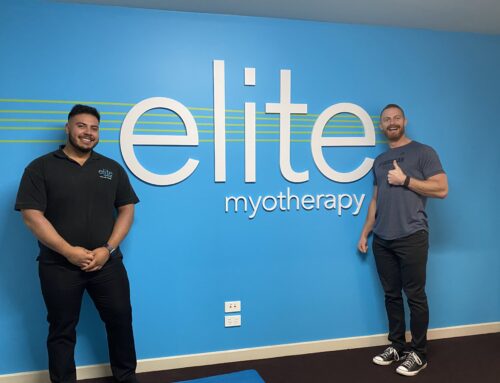As many would already know whiplash is commonly caused through car accidents, where the individual has either been struck from behind or from the side. It is caused when the neck moves through a rapid forward and backwards movement due to a sudden acceleration-deceleration force; this force causes the vertebrae in the lower aspect of the neck to enter a state of hyperextension while the vertebrae higher up the neck are thrown into position of hyperflexion. It is thought that it is this un-natural movement which causes the range of damage to both the bony and soft tissue structures of the neck. Although whiplash is commonly seen as a result of a motor vehicle accident, this is not always the case and it may be caused in any situation where the individual is exposed to a rapid acceleration-deceleration force.
What are the symptoms of whiplash?
It must be stressed that each individual case of whiplash will be different from the next and not all cases will present in the same way. Keeping this in mind, the list below demonstrates a range of symptoms which may present as a result of an individual suffering from whiplash:
- Shoulder pain and Stiffness
- Neck pain and Stiffness.
- Headache.
- Dizziness.
- Jaw pain.
- Arm weakness.
- Visual Disturbances.
- Ringing in the ears (Tinnitus).
- Arm pain.
- Fatigue.
What are my treatment options?
According to recent studies there are a range treatment options that have been proven to be effective when treating whiplash and its symptoms, and others which are not. In years gone by it was suggested that wearing a soft collar or neck brace accompanied with rest would yield the best results post accident, but recent studies has proven this to be false. New research indicates that active treatments and an ‘act as usual’ approach will result in a faster and more efficient recovery time. It has also shown that when this active treatment approach, which includes a range of exercises designed to improve the individuals range of motion, is combined with passive treatments such as massage, TENS and joint mobilisation, results may be further improved, depending on the individual.
Whiplash Treatments that have been proven to work in conjunction with each other:
- Exercise Programs
- Act as usual mindset
- Joint mobilisation
- Massage and soft tissue techniques.
- TENS therapy
How your Myotherapist can help?
At Elite Myotherapy all of our practitioners are able to provide you with all the above modalities of treatment and are highly trained in these areas. We are able to sit down with each individual patient and put together an exercise program to get you moving again and help to get you back on track. Whether your condition is from a recent injury or the symptoms of a previous incident have been aggravated, the therapist’s at Elite will do everything we can to reduce your pain and get you back to your best.
By Luke Klein-Breteler – Elite Myotherapist







